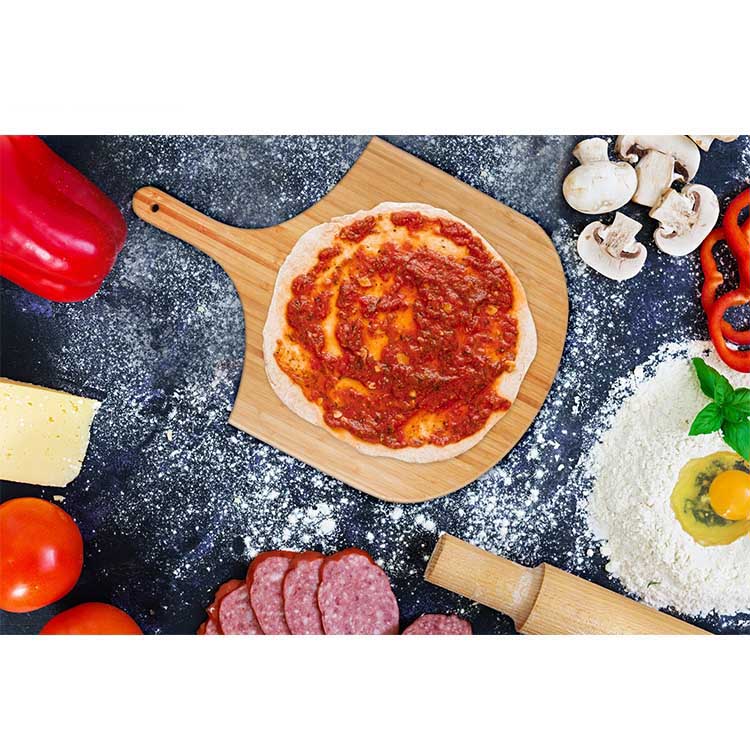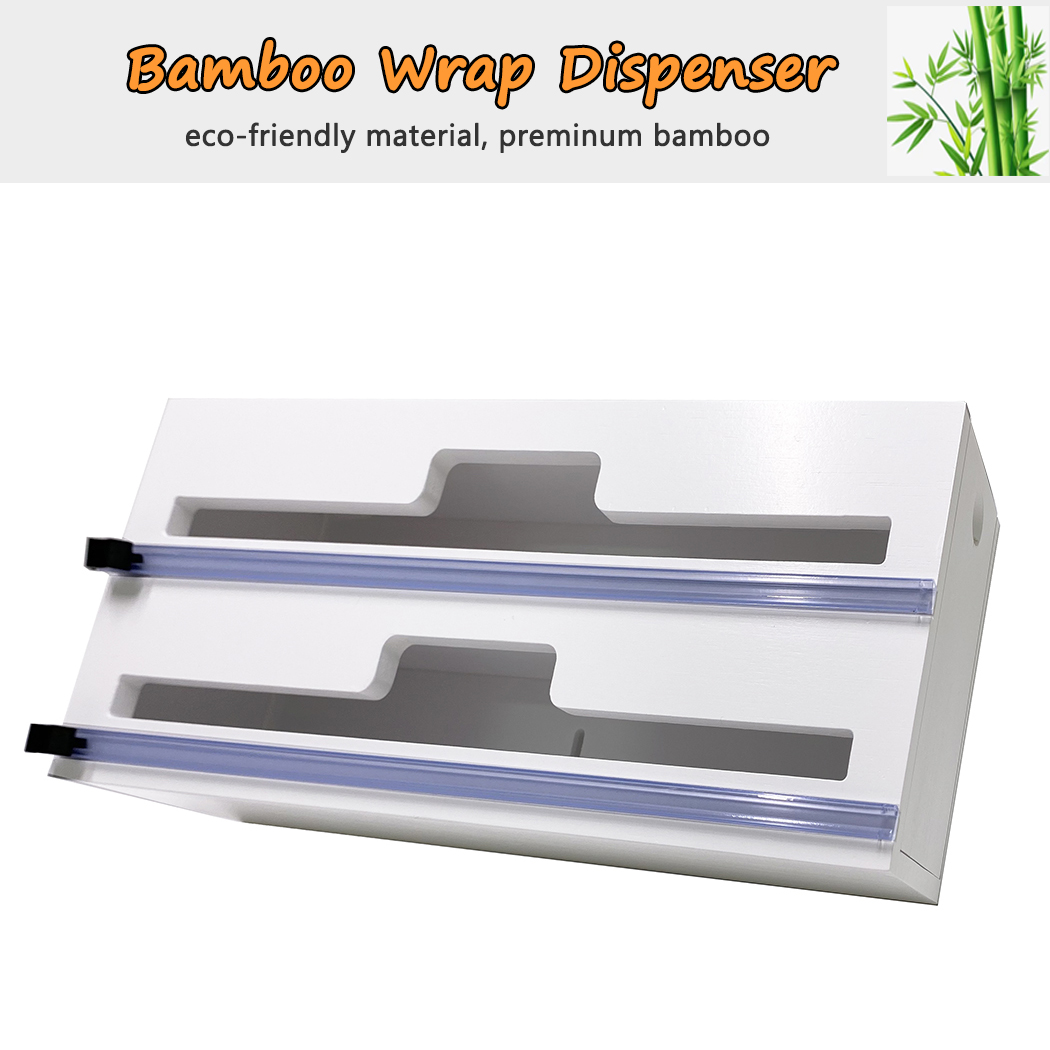Buy Side from WSJ is a reviews and recommendations team, independent of The Wall Street Journal newsroom. We might earn a commission from links in this content. Learn more.
Buy Side from WSJ is a reviews and recommendations team, independent of The Wall Street Journal newsroom. We might earn a commission from links in this content. Learn more. Coffee Cup Drawer Organizer

Acacia. Composite. Butcher block. Plastic. When it comes to cutting boards, the options seem endless. Does a home cook need a bevy of cutting boards? Will just one suffice? (Short answer: Food safety necessitates more than one.) And what separates the elite from the merely ordinary, anyway?
Whether you intend to take your cutting board out on the road for a camping trip or keep it perched on your countertop as a set piece is no matter. We’ve asked bright culinary minds—chefs, hospitality professionals and food and beverage entrepreneurs—to weigh in on their favorite cutting boards. These are the 10 best.
This handy and portable cutting board is made from a composite paper material that won’t dull knives, even with heavy use. The boards, says Los Angeles-based Kaleo Adams, chef at Oceana Santa Monica and vice president of food and beverage at JRK Hotel Group, “stay true to their shape,” even after many rounds in the dishwasher. That’s a necessity when it comes to a much-beloved kitchen staple. Because of its petite size—14.5 by 11.25 inches—this board can be placed atop a larger block for chopping items that should not be cut on a wood board, like onions, which transfer odors and smells, or chicken, which can leech harmful bacteria into naturally porous wood. It’s also available in a range of sizes and colors.
Hinoki, a type of white cypress, is a soft and absorbent wood that many professional chefs prefer because it’s gentle on knives. “Many chefs who work with large amounts of raw fish tend to choose this as their board of choice ,” says chef Paul Chung, culinary director for Saison Hospitality in San Francisco. “Hinoki wood is also naturally water- and bacteria-resistant.” Chung suggests seasoning the board with food-safe mineral oil before use to add an extra protective barrier to this higher price point purchase.
Oxo’s double-sided cutting board offers plenty of benefits for home cooks, particularly for those on the go. The nonslip edge provides stability, which is useful in campers, wet weather and the great outdoors. A groove catches drippings, making this board just as useful for carving as it is for chopping. “It catches all the drip,” says New York City-based Kim Pham, co-founder of Omsom . “Love a 2-for-1.” The board also comes nested in a tray, perfect for storing and transporting it on the road. “The sheet pan,” Pham says, “is also functional in your oven.” At 13.1 by 9.4 inches, this petite set is ideal for hauling on camping trips.
“I like to have a set with at least three boards so we can separate different foods during prep time,” says Napa, Calif.-based Pamela Stafford, managing director, Hestan Culinary . This utilitarian trio comes in different sizes: a small board measuring 9 by 12 ½ inches; a medium board measuring 9 ½ by 13 ⅜ inches; and a large board measuring 9 ⅞ by 14 inches. They’re color-coded for easy visual access. Made from polypropylene, these boards can be wiped clean with a damp cloth, are not prone to slippage and can be placed in a dishwasher. They also come with a stand to hold them upright.
For a cutting board that can do double-duty as a gorgeous platter, Alexandra Dorda, founder and CEO of Kasama Rum , recommends the 12-inch BILL.F Acacia Wood Pizza Peel and Cutting Board . “I’m half-Filipino, so this board hits close to home,” says Dorda, who is based in Warsaw, Poland and Los Angeles. In the Philippines, she says, Acacia wood is commonly used in dining tables in homes and in restaurants. “As a nod to my heritage, I like to use an acacia cutting board to serve charcuterie or as a pretty addition to an at-home bar setup when hosting.” This particularly giftable reversible board can be used to slice and plate larger-format dishes, though the manufacturer warns that it isn’t meant for heavy-duty cutting associated with meats. It can also be displayed as wall art; a leather hook makes this piece easy to hang if kitchen space is tight.
Canadian artisan Daniel Ewart makes butcher block cutting boards (as well as pasta and kitchen tools) from his studio in British Columbia. “These boards hold a nice weight to them and feel great to cut on,” says Clayton Fontaine, executive chef, The Pointe Restaurant at the Wickaninnish Inn in Tofino, British Columbia. “They provide a durable and comfortable surface to cut on.” Made from Canary and Jatoba hardwoods and outfitted with a deep juice groove, these boards are ideal for slicing meat and for keeping out on countertops as a showstopping centerpiece. The 20.25-inch wide, 17-inch deep, 2-inch thick boards are built to last.
Lightweight cutting board mats, says Stafford, are “easy to maneuver and very handy for quick prep jobs.” She recommends the Dexas Heavy Duty Grippmat Flexible Board Set of Four , a quartet of 11.5- by 15-inch mats in different colors made from BPA-free, nonslip material that can be folded, rolled and even placed in the dishwasher. They are “very easy to store and take up very little space,” Stafford notes, an added bonus for those who prefer to have numerous options in the kitchen without sacrificing space.
EcoSmart’s durable line of cutting boards —beloved by Melanie Masarin, founder and CEO of Ghia , in Los Angeles—measure 12 by 16 inches and are made from recycled plastic containers, ground glass and byproducts from the agricultural food industry. This ample board is a great sustainable option for the ecologically inclined. “I use this one for cutting garlic and other alliums,” Masarin says, particularly because porous natural woods can absorb alliums’ odors and flavors. This dishwasher-safe board can be used again and again, for foods of all shapes, sizes and smells.
“I like to use a big cutting board rather than a small one because I can do multiple jobs at the same time,” says Brando De Oliveira, culinary director of Trattoria Dell’Arte , based in New York City. “I like to divide different items into different parts of the board.” For his money, the maple John Boos RA03 butcher block , a 18- by 24-inch board, is the way to go. Flat on both sides, which makes it reversible, this thick and durable board has hand grooves on each end for easier lifting. You’ll want to wash this board by hand and treat it regularly with mineral oil to prevent splits. But a sturdy, thick butcher block like this, which can consolidate prep space, can last a lifetime if taken care of properly (though the warranty expires after one year).

Storage Organizer Miguel Leal, CEO and co-founder of Somos Foods , likes the streamlined appeal of this 15- by 20-inch bamboo cutting board system , which allows him to cut and store food simultaneously. “It has a flexible space at the end of the board,” Leal, who is based in Old Greenwich, Conn., says that space can be used to strain food, push it into a garbage disposal or to hold your mise en place as you’re cooking. The system comes with two different sizes of strainers, three containers in different sizes and three lids, all of which are BPA-free.